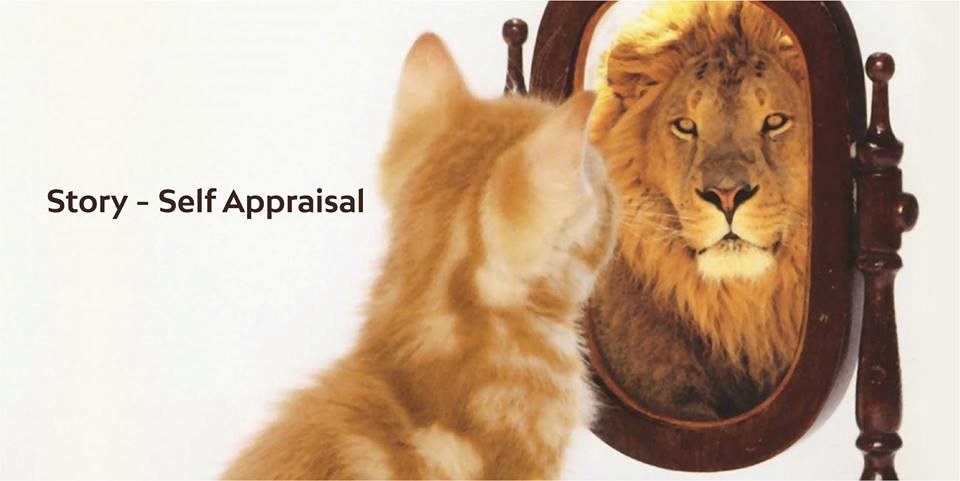Monkey Consciousness
The Japanese monkey, Macaca Fuscata, had been observed in the wild for a period of over 30 years.
In 1952, on the island of Koshima, scientists were providing monkeys with sweet potatoes dropped in the sand. The monkey liked the taste of the raw sweet potatoes, but they found the dirt unpleasant.
An 18-month-old female named Imo found she could solve the problem by washing the potatoes in a nearby stream. She taught this trick to her mother. Her playmates also learned this new way and they taught their mothers too.
This cultural innovation was gradually picked up by various monkeys before the eyes of the scientists. Between 1952 and 1958 all the young monkeys learned to wash the sandy sweet potatoes to make them more palatable. Only the adults who imitated their children learned this social improvement. Other adults kept eating the dirty sweet potatoes.
Then something startling took place. In the autumn of 1958, approx 100 Koshima monkeys were washing sweet potatoes
THEN IT HAPPENED!
By that evening almost everyone in the tribe was washing sweet potatoes before eating them. The collective energy of these hundred monkeys somehow created an ideological breakthrough!
But notice: A most surprising thing observed by these scientists was that the habit of washing sweet potatoes then jumped over the sea…Colonies of monkeys on other islands and the mainland troop of monkeys at Takasakiyama began washing their sweet potatoes.
Learning from the story
- Thus, when a certain critical number achieves an awareness, this new awareness may be communicated from mind to mind.
- Answer to this mystique behavior can be found in Law of Diffusion of Innovation, which states that, any idea or innovation to go main stream (spread like wild fire) it has to be adapted by the first 15-18% of the population and this first 15-18% of the population is called early adapters.
Questions to ask ourselves
- Who is my target market and how big it is?
- What % age of our target market is aware of our products, services or message?
- How can we make sure that our idea, message reaches to the tipping point (15-18%) of the target market so that it can spread to the majority on its own?





















